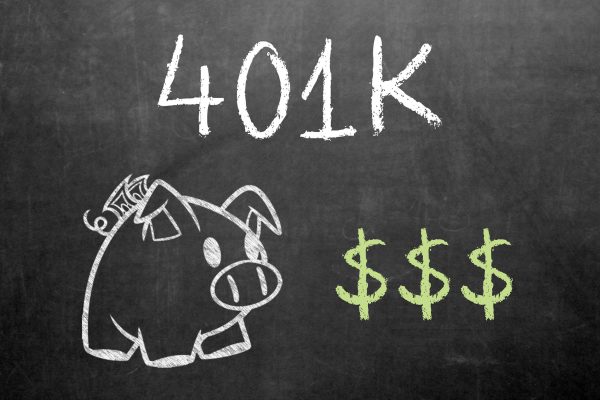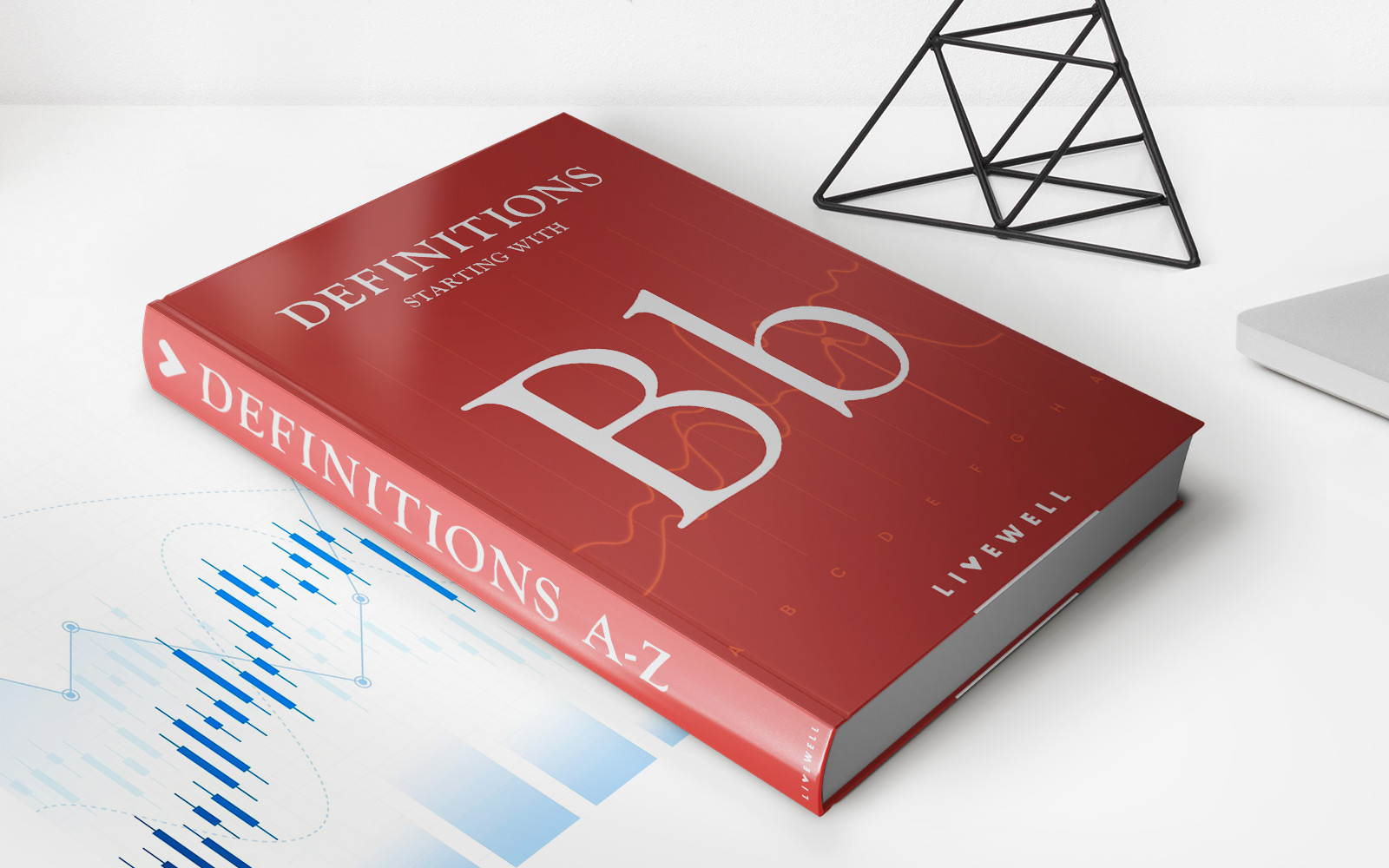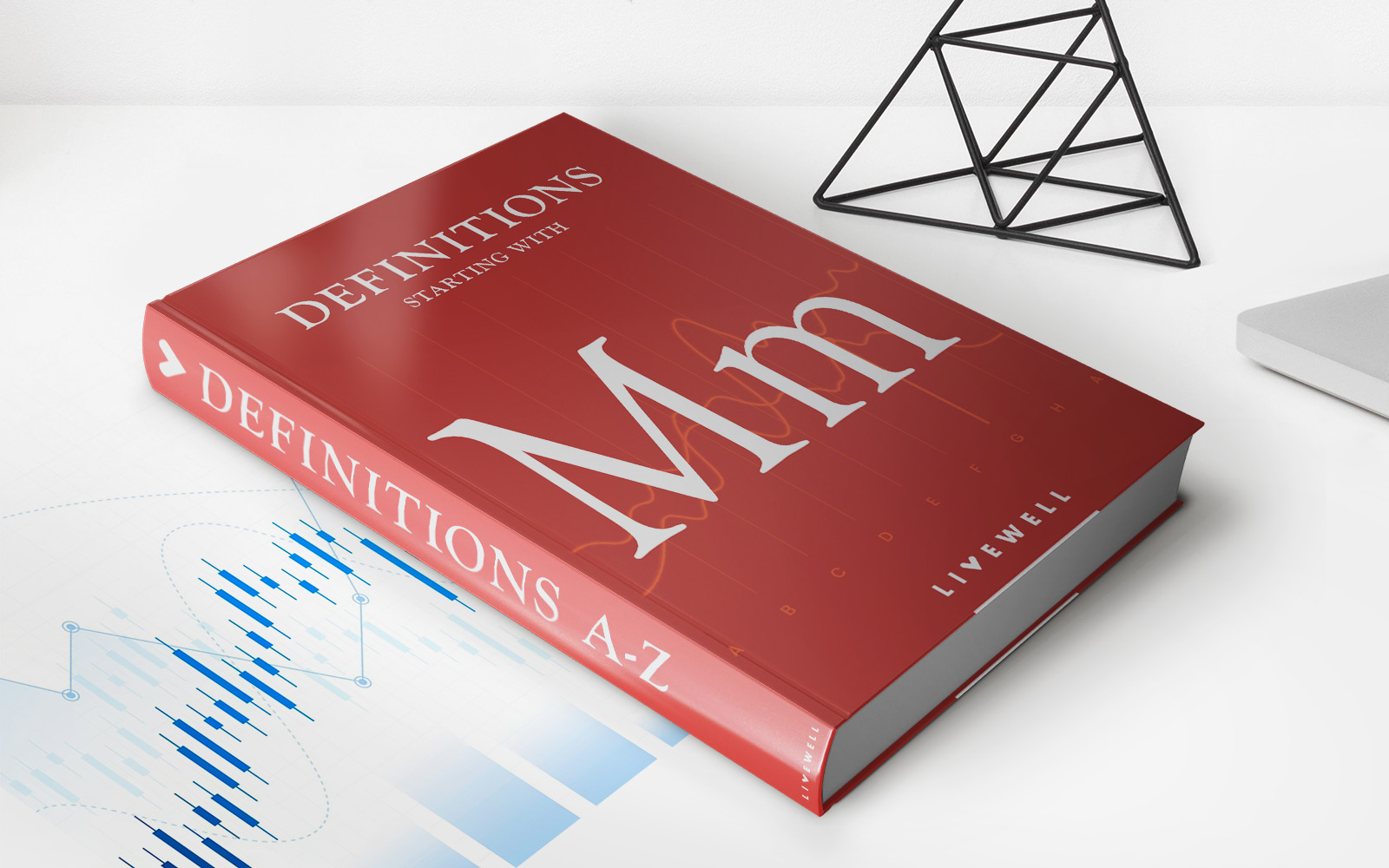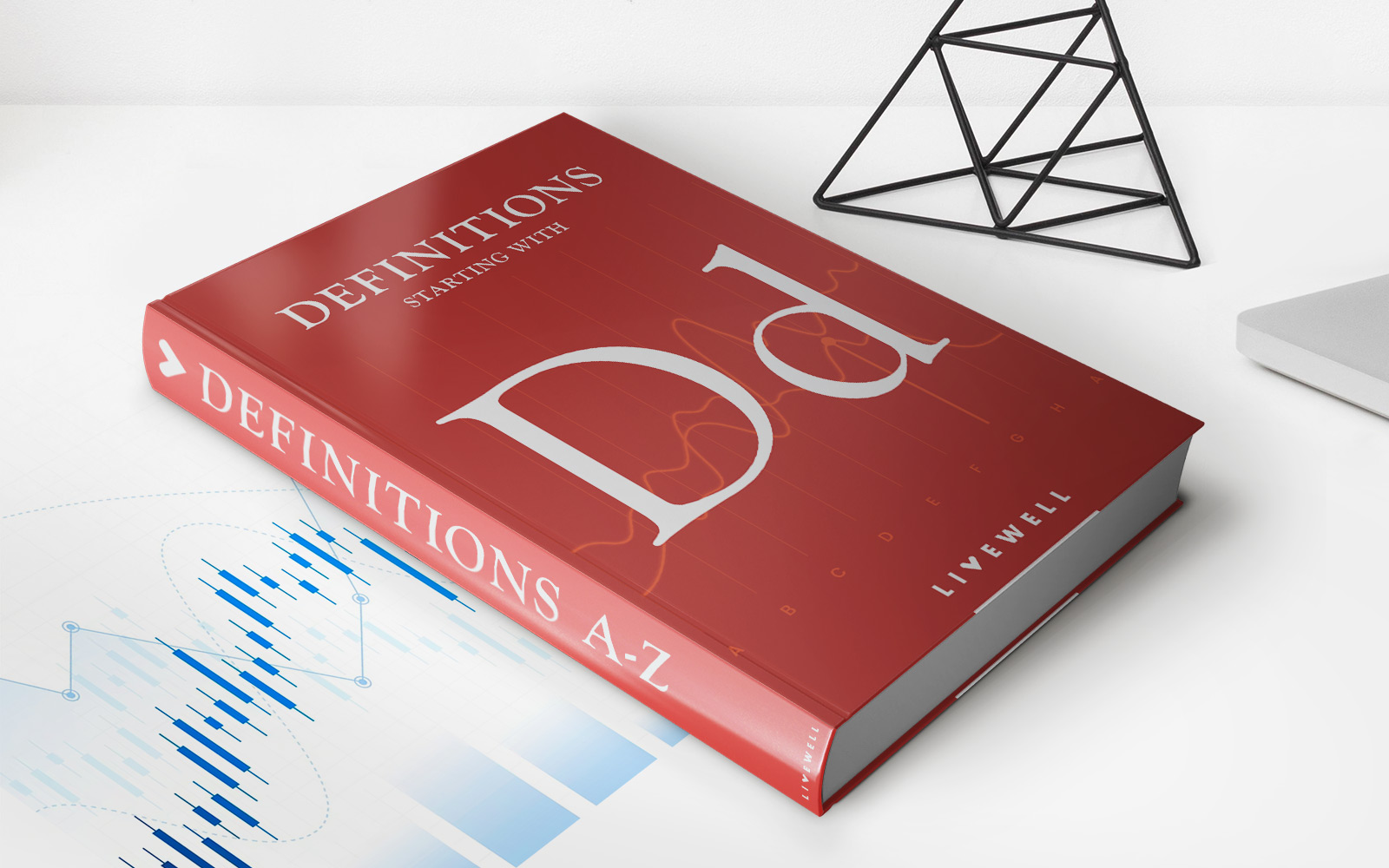

Finance
IRA vs 401k : Is One Better Than the Other
Modified: September 6, 2023
Discover the differences between IRA vs 401k and maximize returns while minimizing costs with the two most common retirement savings plans available.
(Many of the links in this article redirect to a specific reviewed product. Your purchase of these products through affiliate links helps to generate commission for LiveWell, at no extra cost. Learn more)
When looking at IRA vs 401k, you might get a little confused when choosing which one to invest in. True enough, the more you learn about investments and retirement savings plans, the more complicated the questions get.
Your savings and investments now will have the most impact on your financial life when you reach retirement age. You need to have the foresight to see decades into the future and plan accordingly.
Retirement Savings Plan: IRA vs 401k
Most people have access to two different retirement savings accounts. The first one is a workplace retirement account, and the other is an individual retirement account.
Let’s look at the two most common retirement savings options: IRA vs 401k. What are their similarities and differences? Should you get both IRA and 401k? How can you strategically max out both, if possible at all?
What Is A 401k?

Photo By Yogurt Yogurt on Unsplash
Who Can Invest In A 401k Plan?
The first thing to remember about 401(k) plans is that only private-sector companies offer such plans. Both the employee and the employer decide on the amount to put into the 401k plan.
It would do well to check with your employer and enquire about the plans available to you. If your company offers a 401k plan, not taking advantage of it would be a missed opportunity.
How Does A 401k work?
401k plans help you ensure a steady flow of savings as contributions are automatically deducted from your paycheck. Employees contribute money to their accounts through automatic payroll and employers can match a percentage of that contribution.
Employees also can decide which investments to make within their 401(k) which includes an assortment of stocks, bonds, etc. Employers don’t have control over their plans and investment costs and selections.
Companies give employees only a specific risk tolerance so that employees may only take on as aggressive or as conservative of a risk that they are comfortable.
Roth vs Traditional 401(k)
Put simply, the difference between Roth and traditional 401k plans is in the tax collection.
A traditional 401k is a pre-tax savings account. For example, if your monthly income is $5000 and you contribute $500 into your 401(k), your taxable income is $4500 deducting the contribution first before computing taxes. What this means is contributing to a traditional 401k reduces the tax that you have to pay in each contribution year.
A traditional 401(k) is a tax-deferred savings plan which means you need not pay taxes now, but you will have to pay for taxes later once you reach the retirement age and make withdrawals. They will tax the money as ordinary income.
Take note that you should make withdrawals after the age of 59 and a half. Otherwise, it will be subject to a 10% early withdrawal tax. Exceptions apply when the account owner retires early and is no longer working for the employer sponsoring the plan, becoming disabled, or death. Once the person reaches the age of 70 and a half or until the year they retire, they can make annual withdrawals.
A Roth 401(k) is a post-tax retirement savings account. This means you pay taxes before the contribution enters your Roth 401k account. When you retire and make withdrawals, you get the full amount of whatever is in your account as you have already paid for taxes beforehand.
They do not tax withdrawals of earnings on some conditions. One, the account has been active for 5 years, the account owner has a disability, deceased, or they are 50 and a half or older. Just like a traditional 401k, withdrawals should begin at 70 and a half or until they retire.
Why Choose A Roth 401(k)
When you look at Roth and traditional 401k, the difference is in the amount of money that you receive once you reach the retirement age.
The traditional 401k seems like a good option if you’re concerned about cash flow issues as the contributions are a lot easier to handle. However, if you have sufficient cash and paying your taxes now is not an issue, it’s a better option. Especially when compared to paying taxes in bulk later.
Maximum Contributions
You can’t just contribute an unlimited amount with either of these plans—both the 401(k) and IRA. There are annual contribution limits that vary depending on the accounts you choose.
As of 2019, employee contributions should not exceed $19,000 per year if under 50 years old, and should not exceed $25,000 for those above 50 years old.
As of 2019, participants can contribute up to $19,000 per year to a traditional or Roth 401(k), with an additional $6,000 catch-up contribution allowed for people aged 50 and over. In 2020, they adjust the contribution limit to $19,500 per year.
Should the account holder split payments between Roth and traditional, both accounts should also not exceed the amount cap of $19,000 when combined.
What Happens To Your 401(k )When You Quit Your Job
The default option is to leave it where it is. Some employers let you continue to manage the funds as you have been doing previously. Employers can force out the money if it is under $1000. If it is over $1000, they will have to help you set up an IRA.
This is not the best option though, as you will have less control over your funds. IRA offerings from different brokers pose a better option than this. You’re also able to avoid administrative fees that you would otherwise have to pay with a 401(k) plan.
Your second option is to take a lump-sum distribution, which is just a fancy way of saying “moving your funds out your 401k plan”. While you can opt for a lump-sum distribution once you quit your job, most financial advisors do not recommend it.
Apart from an early withdrawal penalty of 10%, the lump-sum will be subject to a 20% tax collection by the federal government. Another option is to roll it over to your new employer, ideally through a direct transfer so it doesn’t get taxed.
What Is An Individual Retirement Account (IRA)?

Photo from Unsplash
Who Can Invest In An IRA?
An individual retirement account (IRA) is a personal retirement savings plan. Unlike a 401(k), your IRA is not tied to an employer. Individuals set up their IRA with an IRA provider such as a bank or brokerage.
Also, the IRA is available to anyone as long as they are below the age of 70 and a half. This is an ideal investment option for people who are unemployed, working freelance, or working for companies that don’t offer a 401(k) plan.
How Does An IRA Work?
To make contributions, you set aside a portion of your income periodically. With an IRA, you have more access to investment options. IRAs allow account holders to own many assets within the account, including stocks, bonds, CDs, and even real estate.
Roth vs Traditional IRA
IRA also has two types of accounts—Roth and traditional, and it works similar to the 401k plans.
You can get an up-front tax break for the first year you contribute to a traditional IRA. They deduct contributions now and you pay taxes on withdrawals later. In return for considerable tax breaks, your taxable income becomes lower therefore also resulting in an Adjusted Gross Income (AGI).
In a Roth IRA, you pay taxes on contributions now but once you retire, you can choose to have the money you invested and its earnings tax-free. Since you aren’t subjected to tax deductions, there are no changes in your AGI.
There is no income limit for a traditional IRA. But if you are making what is considered ‘too much’ money, you are not eligible to open a Roth IRA. The income eligibility limits vary depending on your marital status.
Single IRA owners may not open a Roth IRA if they are making more than $137,000, as of 2019. This changes to $139,000 in the upcoming year of 2020. Married IRA owners filing a joint tax return may not take a tax deduction if they and their spouse earn more than a combined $203,000. In 2020, this amount will be increased to $206,000.
Maximum Contributions In An IRA
Just like a 401(k), there is also a contribution limit for IRA. For both traditional and Roth IRA, the contribution limit is $6000 for people under the age of 50. For people over the age of 50, the limit is up to $7000. You can also make a $1000 catchup contribution for both.

Photo from Unsplash
Should You Max Out Your IRA vs 401K
The goal is to save enough money so you won’t have to worry about how you will cover your expenses once you reach the retirement age. Ideally, your retirement savings investment should be between 10 to 20 percent of your annual income. One question that many ask, is whether or not they should max out their IRA or 401k.
And the answer will always depend on one’s financial situation. Many factors come into play such as whether there is a good 401k offer from the company they are working with. And if there isn’t a good enough offer, are there other investment vehicles that they are better off investing in than spending the working years maxing out these two.
For most people, they try to balance and split the money into both 401k and IRA rather than maxing out just one account. If you’re working on other financial aspects of your life, supporting the family, or raising a kid, it’s understandable that you are not able to max out your accounts.
IRA vs 401K: Which Account Should You Invest In First?
If you are fortunate enough to have sufficient cash to invest in both plans, here is the best way to split your assets.
If an employer offers what we call the company match, where they match the amount you put into your plan, always try to contribute the maximum. This is one easy way to maximize your returns with minimal efforts.
Once reach a certain amount, you can then fund any other savings accounts you may have. You can also continue adding more funds to your 401k until you reach the annual limits.
If your company offers a company match, settle that first. Once you reach the limit, that’s would be the best time to contribute to your IRA until you proceed to max it out as well. Otherwise, you’re passing on the opportunity to collect, essentially free, money.
If your company doesn’t offer a company match, prioritize your IRA. You have more options for investment in that plan. Once you reach the IRA limit, go for 401k and the pre-tax benefits that it offers.
In Conclusion: IRA vs 401k, Which Is Best?
When it comes to choosing between 401k and IRA, there is no hard and fast rule as to which is best. It will always depend on the individual’s current finances, other investment vehicles that they currently have, as well as their plans during retirement years.
So we say work around your own situation, while comparing the different options you find yourself presented with. Whatever the case, just ensure you have some plan for when retirement rolls around.














